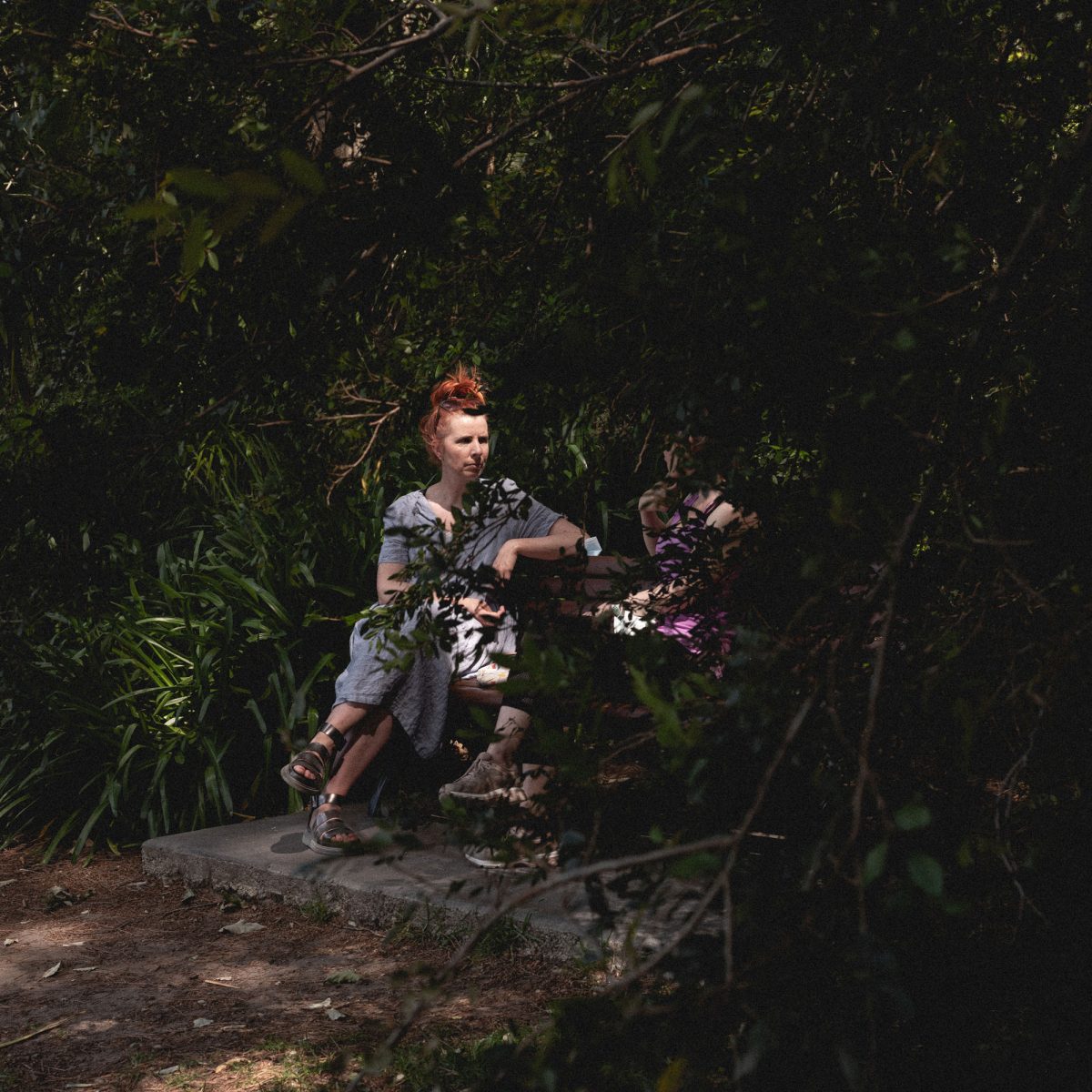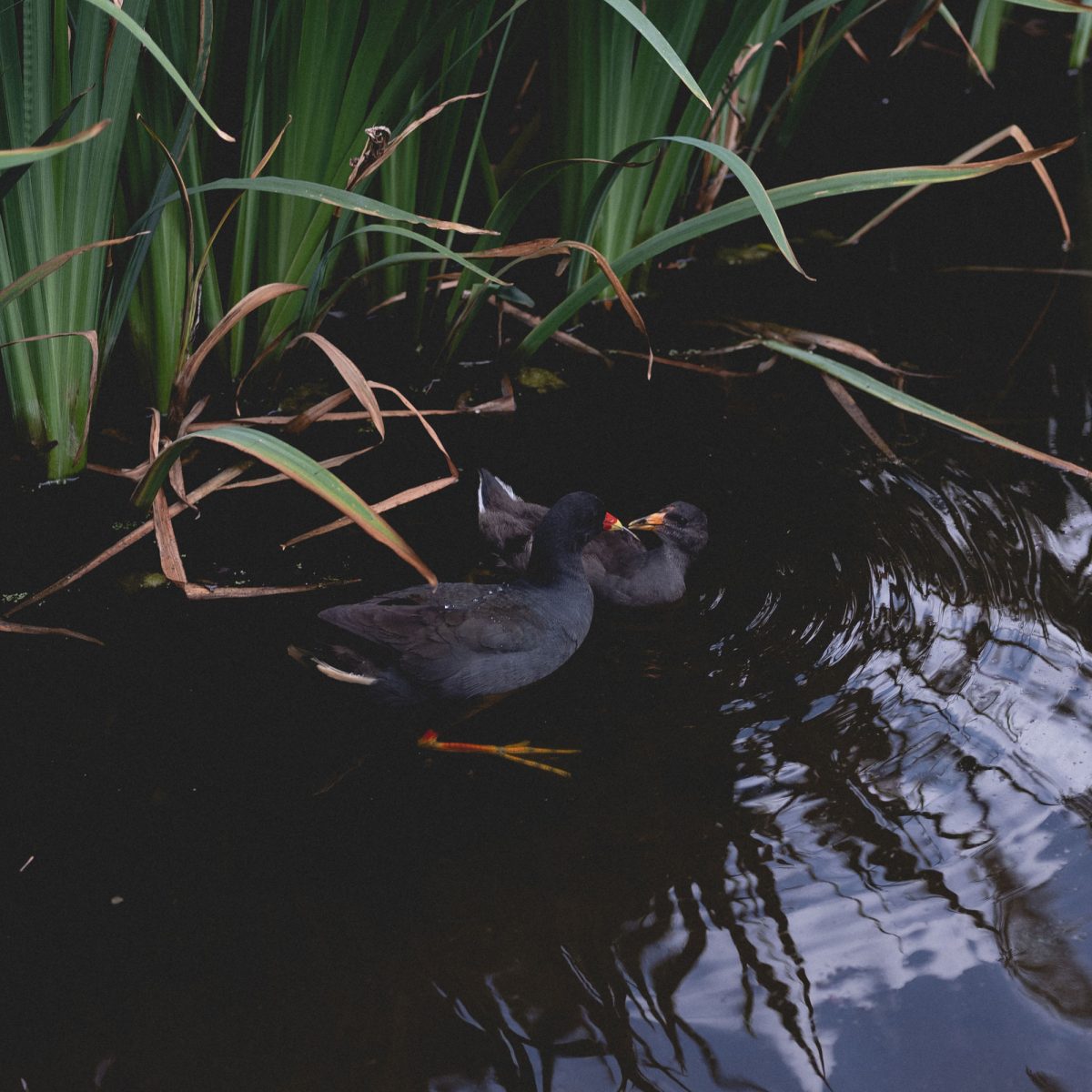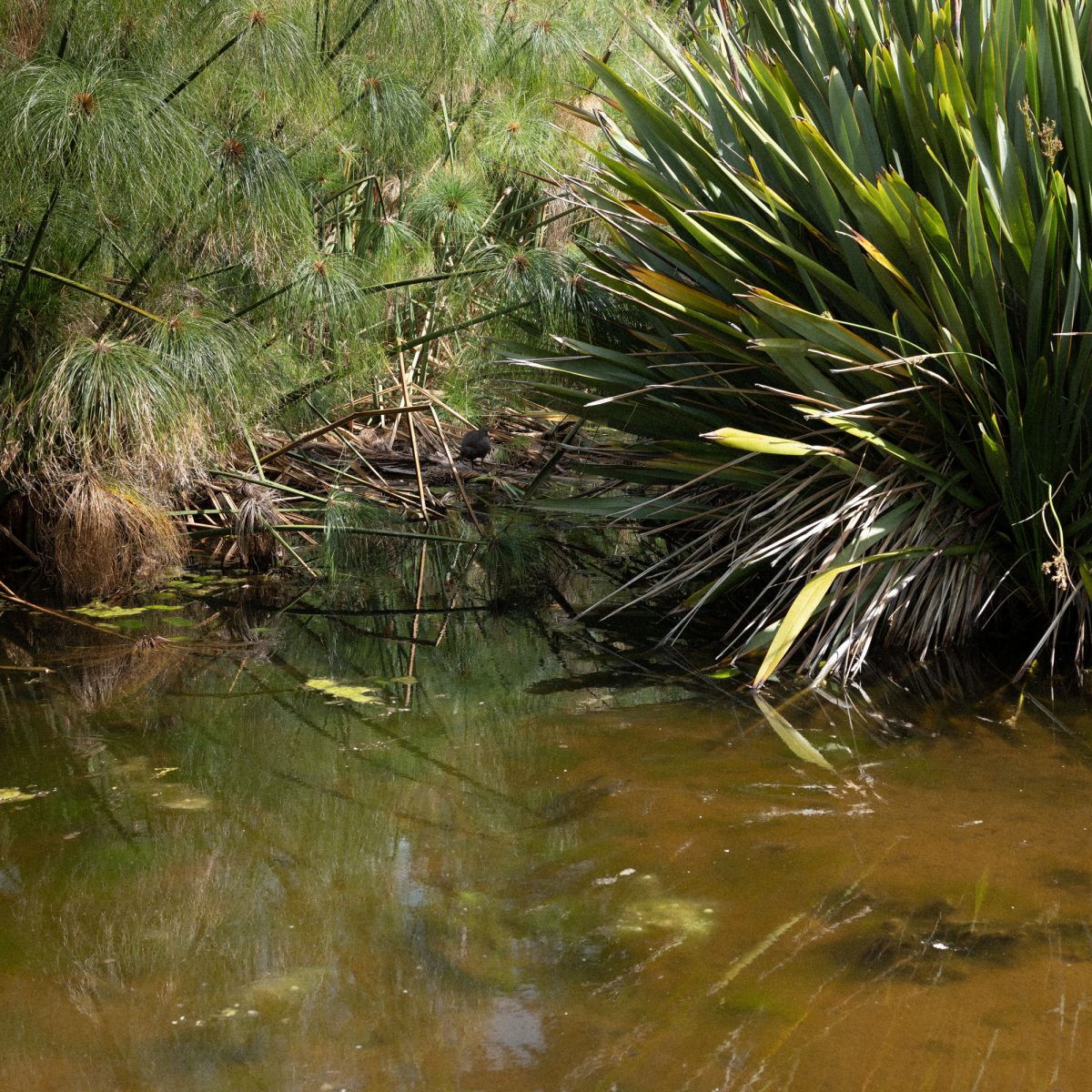Questioning colonial ideals at Melbourne’s Hedgeley Dene Gardens
The faux Victorian-era lamp posts that lined the central pathway through the garden were the most disorientating feature.
Walking through the park bounded by large period homes signifying imperial wealth with hints of the Hamptons or southern France, I briefly imagined I was overseas. But it was the tall and authoritative lamp posts in ivory green that most viscerally created geographic disembodiment. They marked the land in ways that re-rendered Eastern Kulin Country into a garden in Notting Hill. Their artifice was so severe that it felt like a film set. One interpretive sign stated that the area had been used as a backdrop for local television dramas, as if to confirm the artificiality inherent in Western architecture.


Hedgeley Dene Gardens is a strange place in a strange time, a construction of the desired in the white imagining of Australia. Finding the park within my five-kilometre lockdown radius was surprising: its refined splendor felt so disconnected from Carnegie, the suburb where I lived on the other side of the municipal border. Through the pandemic’s haze I had forgotten how common these landscapes actually were in wealthy suburbs across Naarm/Birrarung-Ga.
The park’s short Wikipedia entry describes it as a “significant” example of “public open space design that recreates the qualities of an informal, picturesque English garden or northern European landscape in an Australian suburb.” Hedgeley Dene Gardens was purchased in 1911 when Hedgeley Dene farm was subdivided for sale. Malvern Council, now the City of Stonington, acquired it for drainage purposes and used it as a rubbish tip. The construction of Hedgeley Dene Gardens as a 3.5-hectare park in Malvern East commenced in 1921. In the 1970s the garden fell into decline, and the pond was used as a rubbish dump again. A revitalization plan commenced in 1978, and by 1980 it had won the Victorian State Garden Competition in its class.
Amid the cycle of destruction and reconstruction at Hedgeley Dene, one sentence written on a larger interpretative sign makes an acknowledgement of Country, stating that “the Wurundjeri people used the watercourse and its surrounds in this area prior to European settlement.” A report by the City of Stonington in 2006 also mentions how the wider municipality was “an important meeting place for the tribes of the Kulin Nation.” The report does engage with the environmental damage that the municipality sustained, stating that “of the approximately 280 Indigenous plant species thought to have occurred in the study area at the time of settlement, only 19 were known to remain in 2005.” But nothing else locates this place within an existing continuum of Kulin Sovereignty, as if it doesn’t fit within accepted narrative.


Traditional custodians are acknowledged but historicized as past tense, while the gardens’ intricate beauty is assembled through manicured flower beds, hidden pathways, and ornate bridges crossing ponds abundant with lily pads. A lush waterfall entrances enough to ignore the adjacent water pump and pipes that are required to keep it flowing. The gardens’ fabrication induces a pleasure that was amplified during lockdown when the privilege of travel was paused indefinitely. On the surface Hedgeley Dene feels like a brief illusion, but within the sphere of planning legislation, the artificial landscape contains a characteristic or quality that, was significant enough to be granted protection.
Within the planning sector Hedgeley Dene is less known as a picturesque picnic spot, but as the first case study in Victoria where ‘character’ was worth protecting through a Neighbourhood Character Overlay: a broad piece of policy loosely requiring residents, consultants, planners, and governments to work together to protect the site’s character. But the concept of a Neighbourhood Character Overlay carries flaws. The most obvious is the difficulty deciphering which ‘neighborhoods’ and what ‘character’ deserve protection, i.e. (the legal framework to ensure that any new development doesn’t diminish the existing sense of place, building height, colour schemes, set backs, etc.)


In 2019 the Victorian Department of Environment, Land, Water and Planning (DELWP) outlined that the Overlay can be used when “the proposed area exhibits existing characteristics that need to be protected, or need to be changed to achieve a preferred character,” or when “the area, relative to the rest of the municipality, can be demonstrated to require a specific approach to neighbourhood character.”
The lack of clarity or direction in these descriptors makes it difficult to determine what exactly justifies protection. DELWP released a practice note, titled Understanding Neighbourhood Character, defining neighbourhood character as ‘the cumulative impact’ of public and private realms. “The key to understanding character is being able to describe how the features of an area come together to give that area its own particular character. Breaking up character into discrete features and characteristics misses out on the relationships between these features and characteristics,” the note says. “Understanding how these relationships physically appear on the ground is usually the most important aspect in establishing the character of the area.”
Given how obtuse and open-ended these criterions are, most urban places in residential areas could argue neighborhood character status. But if Hedgeley Dene is used as the primary case for establishing the Overlay, it is arguable that the Overlays’ use is, in some way, measured by the class structure of a neighborhood, or that a very specific ideal is sought to determine neighborhood character — one that is arguably defined by images of upper middle class, white suburbia.
Multiple stories, visions and values are always present when it comes to place. In 2006, University of Melbourne urban design academics Kim Dovey, Ian Woodcock, and Stephen Wood published the paper Contesting Character at Hedgeley Dene. In it, they wrote that the Overlay was established on the basis of the Gardens’ environmental values, and its historic and picturesque nature. Yet through their analysis and interviews, it’s clear that others viewed this differently. A council statutory planner who was interviewed didn’t believe that the garden had characteristics that deserved protection over other parks in the municipality. Local residents were focused on maintaining a certain lifestyle, which could be threatened if apartment living or the density around the neighbourhood increased. Protecting the site’s ‘environmental value’ or ‘picturesque surrounds’ appear to be about securing a certain demographic rather than maintaining the quality or uniqueness of the park itself. As one resident said in the article, “Look, I probably – because everyone’s human – I was concerned that the area would change from being a family-oriented area and the park was the one tool we had to try and prevent that happening.”
Dovey, Woodcock and Wood aptly identified how for many residents the ‘family feel’ emerges as the most outstanding feature of Hedgeley Dene’s ‘character,’ that’s most in need of protection. It is linked to the presence of children and the ‘family housing’ – detached dwellings – they inhabit; it is also linked to the absence of ‘transients.’ Wandering through the garden on lockdown walks, I felt like a transient, an outsider briefly passing through a park mimicking European ideals, but in Australia. According to the Australian Bureau of Statistics, the three largest ancestries in the suburb were English, Australian and Irish and a large percentage of people earned $3,000 or more per week; this wasn’t me. And I didn’t long for the desired lifestyle advertised on auction boards for the area, that promised homes for the kind of nuclear family idealised half a century ago: solid brick period residences being sold for four million dollars, with ample interior dimensions and designer garden backdrops near private schools.
I posed no threat to the neighborhood character. Even if higher density one-bedroom apartment buildings had increased the possibility of renting nearby, shifting the ‘family feel’ was out of my economic reach. Right now, Hedgeley Dene doesn’t need protection but as I gazed at the human-constructed waterfall that was attractive and intrusive, I wanted to imagine the possibility of an overlay that could protect the places that urgently did.






